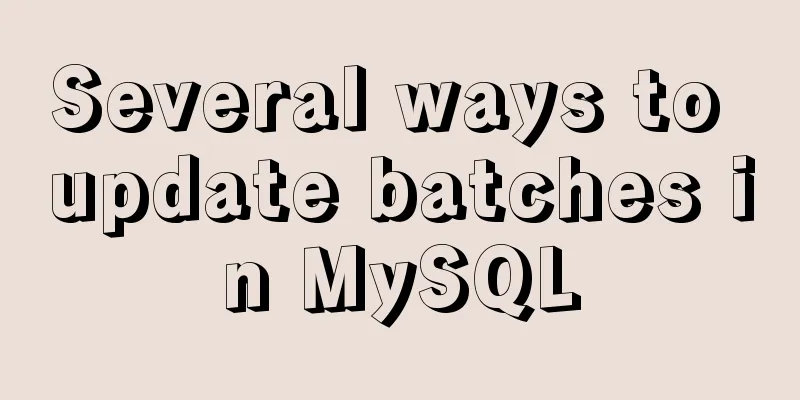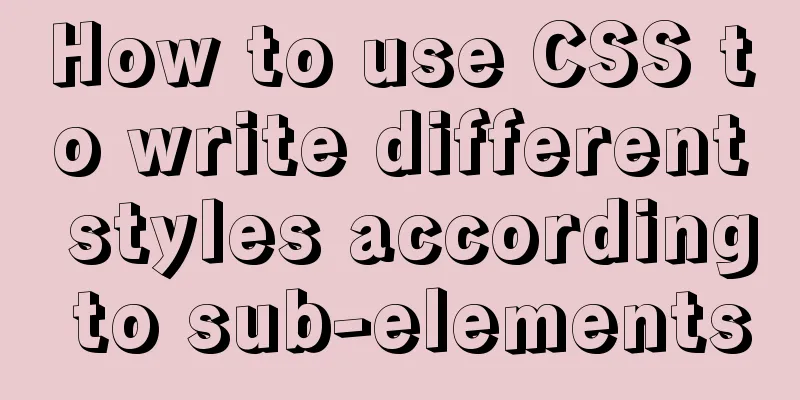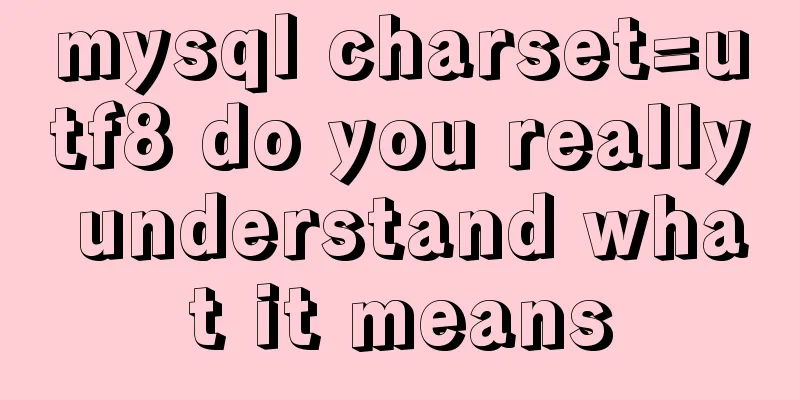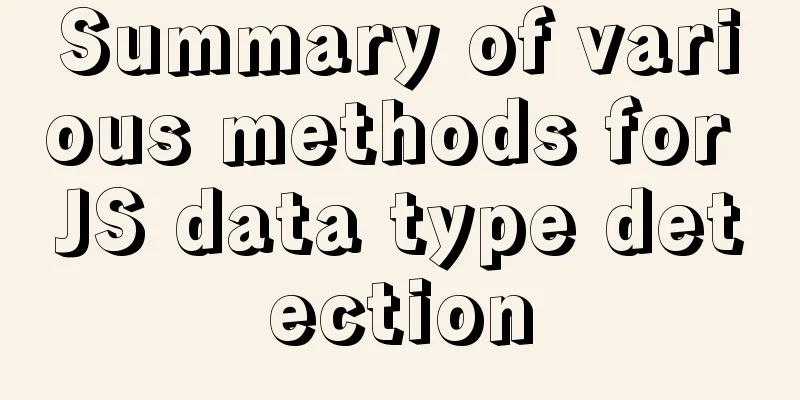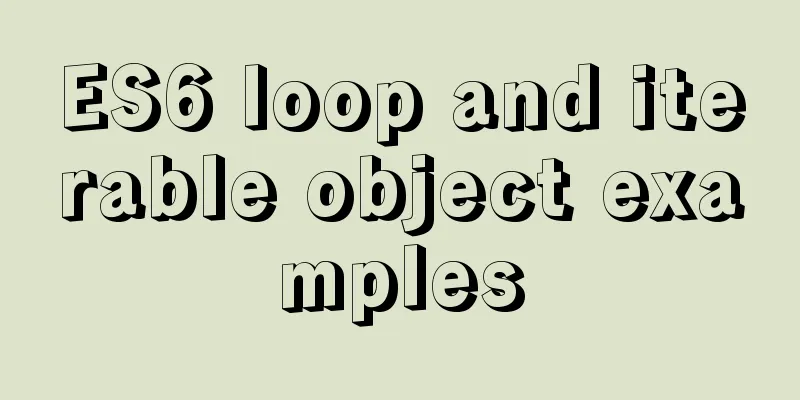Detailed explanation of as, question mark and exclamation mark in Typescript

1. The as keyword indicates an assertionIn Typescript, there are two ways to express assertions. One is the expansion notation: let someValue: any = "this is a string"; let strLength: number = (someValue).length; Another way is to use the as keyword: let someValue: any = "this is a string"; let strLength: number = (someValue as string).length; 2. Question mark (?) is used for attribute definitionQuestion marks indicate optional properties and are generally used in property definitions, such as when used in interfaces:
interface SquareConfig {
color?: string;
width?: number;
}
function createSquare(config: SquareConfig) {
if (config.color) {
console.log(config);
}
}The meaning of an optional attribute is: when using this attribute, either the attribute name does not exist or it must conform to the attribute type definition. For example, the createSquare function above will report an error when compiled:
What happens if you modify createSquare and change the value of config.color to undefined?
interface SquareConfig {
color?: string;
width?: number;
}
function createSquare(config: SquareConfig) {
config.color = undefined;
if (config.color) {
console.log(config);
}
}There is no compilation error at this time! config.color is clearly defined as a string type? Even if you add –strictNullChecks to compile, no error will be reported. It can be seen that the type defined by the optional attribute is not strictly treated by TypeScript, and undefined is not checked by default. It should be noted that when the above undefined is changed to null, normal compilation will not report an error, but –strictNullChecks compilation will report the following error: error TS2322: Type 'null' is not assignable to type 'string | undefined' From this error, we can draw the following conclusion: an optional attribute is equivalent to a union type, which unions undefined; when compiling without –strictNullChecks, null can be assigned to the undefined type. That is, the definition of SquareConfig is equivalent to the following code:
interface SquareConfig {
color: string|undefined;
width: number|undefined;
}Let's compare optional attributes to normal attributes. Modify createSquare again and change the color attribute to a normal attribute.
interface SquareConfig {
color: string;
width?: number;
}
function createSquare(config: SquareConfig) {
config.color = undefined;
if (config.color) {
console.log(config);
}
}Compiling with –strictNullChecks gives an error: error TS2322: Type 'undefined' is not assignable to type 'string' This comparison also verifies the above conclusion. Question mark (?) is used for attribute reading The question mark is used for attribute reading, mainly in two scenarios: one is to read array elements (such as node[i] below), and the other is to read uncertain types such as any, union, optional types (such as node[i].data), etc. As shown in the following example, save it as index.ts:
interface VNodeData {
class?: string;
}
interface VNode {
sel?: string;
data?: VNodeData;
}
function test(node: VNode[]) {
let i = 0;
var b = node[i].data.class;
if(b !== undefined) {
console.log(1);
}
}Use tsc --strictNullChecks index.ts, error:
The following will show the effects of modifying this line of code var b = node[i].data.class; one by one. 1. Modify to var b = node[i]?.data.class; and then compile. Error:
2. Modify to var b = node[i]?.data?.class;, and then compile. The compilation is successful, and the corresponding code after compilation is:
function test(node) {
var _a, _b;
var i = 0;
var b = (_b = (_a = node[i]) === null || _a === void 0 ? void 0 : _a.data) === null || _b === void 0 ? void 0 : _b["class"];
// var b = node[i].data.class; // error if (b !== undefined) {
console.log(1);
}
}var b = node[i]? means that if the value of node[i] is null or undefined, then b is equal to undefined, otherwise b=node[i]. 3. Modify to var b = (node[i] as VNode).data?.class;, and then compile. The compilation is successful, and the corresponding code after compilation is:
function test(node) {
var _a;
var i = 0;
var b = (_a = node[i].data) === null || _a === void 0 ? void 0 : _a["class"];
// var b = node[i]?.data?.class;
// var b = node[i].data.class; // error if (b !== undefined) {
console.log(1);
}
}At this time, when using node[i], the Typescript compiler will no longer judge whether it is null or undefined. That is, var b = node[i] as VNode will be directly compiled into var b = node[i]. 4. Modify to var b = node[i]!.data?.class, and then compile. The compilation is successful, and the corresponding code after compilation is:
function test(node) {
var _a;
var i = 0;
var b = (_a = node[i].data) === null || _a === void 0 ? void 0 : _a["class"];
// var b = (node[i] as VNode).data?.class
// var b = node[i]?.data?.class;
// var b = node[i].data.class; // error if (b !== undefined) {
console.log(1);
}
}It can be seen that the compiled codes of 3 and 4 are exactly the same, and the role of ! is equivalent to as at this time. However, ! is only used to judge null and undefined; as can be used to change (narrow or enlarge) the type detection range. The two are equivalent only when the type followed by as is a non-empty type. As in the following example, the usage of as cannot be changed to !.
interface Cat {
action: string;
}
interface Dog {
action: string;
}
type Animal = Cat | Dog;
let action:Animal = {} as Cat;in conclusion 1. as and ! are used to read attributes, both can narrow the scope of type checking, and are equivalent when used for null detection. It’s just that ! is specifically used to tell the compiler that this value cannot be a null value (null and undefined), while as is not limited to this. 2. ? can be used to define and read properties. When reading, it tells the compiler that this value may be null (null and undefined) and needs to be judged. This is the end of this article about the detailed explanation of as, question mark and exclamation mark in Typescript. For more relevant content about as, question mark and exclamation mark in Typescript, please search for previous articles on 123WORDPRESS.COM or continue to browse the related articles below. I hope everyone will support 123WORDPRESS.COM in the future! You may also be interested in:
|
<<: Detailed tutorial on configuring local yum source in CentOS8
>>: MySQL 8.0.16 winx64 installation and configuration method graphic tutorial
Recommend
Analysis of the process of publishing and deploying Spring Boot applications through Docker
Table of contents Manual deployment 1. Create a s...
Vue + element to dynamically display background data to options
need: Implement dynamic display of option values ...
Let's talk about bitwise operations in React source code in detail
Table of contents Preface Several common bit oper...
How to install the standalone version of spark in linux environment without using hadoop
Big data continues to heat up, and if you are not...
JavaScript canvas implements graphics and text with shadows
Use canvas to create graphics and text with shado...
How to use jconsole to monitor remote Tomcat services
What is JConsole JConsole was introduced in Java ...
Nginx Location directive URI matching rules detailed summary
1. Introduction The location instruction is the c...
Complete code for implementing the popular astronaut watch face based on JavaScript
1. Effect display An astronaut watch face written...
The pitfall of MySQL numeric type auto-increment
When designing table structures, numeric types ar...
About ROS2 installation and docker environment usage
Table of contents Why use Docker? Docker installa...
Detailed explanation of how to use CMD command to operate MySql database
First: Start and stop the mysql service net stop ...
Mysql view the maximum number of connections and modify the maximum number of connections
MySQL View the maximum number of connections and ...
Example of implementing circular progress bar in Vue
Data display has always been a demand that all wa...
Detailed explanation of Docker data management (data volumes & data volume containers)
When using Docker in a production environment, da...
IE8 Beta 1 has two areas that require your attention
<br />Related articles: Web skills: Multiple...


